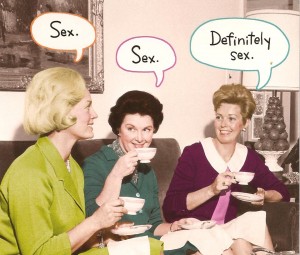I’ve just had the delight of Mother’s Day weekend with my two grown daughters at Gray Bear Lodge in the hills of Tennessee. The event was a Red Tent retreat, named after the ancient tradition of women separating themselves from the rest of the tribe during menstruation, resting, recuperating, and nurturing each other in a separate tent. If you’ve not read Anita Diamant’s great book by the same name, check it out. Who says this is an out-dated tradition? Imagine the reduction in stress levels if once a month we retreated from the world to spend time in connection, sharing stories, laughter, and pampering, with our sisters, mothers, and daughters. Let alone in a setting like this.

Healing abounded in the woods: scenic beauty, sauna followed by cold plunge in spring-fed creek, sand shower, rock pool and hot tub, natural facials–all anticipated and welcome experiences. Unexpected aspects of the weekend abounded–like group drumming. My less than musical self could keep time slowly, and even enjoyed it once I got out of my rational head.

Most wonderful– and most surprising of all– was the afternoon spent by this pristine waterfall, sunbathing in the buff. Two dozen women, all ages and shapes, easily shed clothing and communed comfortably together. No judgment in the air, either woman to woman or in any woman’s head. No air-brushed models here. With a few young exceptions, these were Rubenesque bodies that had birthed and breastfed babies, weathered life, cradled dying spouses. Cellulite be damned, we all reveled in soaking up the warmth radiating from sunshine on the table-size rocks. We waded into the freezing water, stumbled across the stones, and rubbed green-tinged mud all over. After the mud dried, we scrubbed it off until our skin glowed pink and alive.
The lack of self-consciousness and total acceptance flowed as freely as the cadence of our leader’s drum on the hike to the waterfall. And caused me to reflect on how rare–and powerful– it is, to free ourselves from our body image obsession (does this look good on me? is my butt too big?) and immerse ourselves in complete acceptance. Who says we can only feel beautiful if our bodies fit some arbitrary, waifish standard?
The phrase repeated throughout the weekend about our generous bodies was “goddess flesh.” As in (as we sank cross-legged onto the floor for meditation) “reach under your buttocks, adjust your goddess flesh so you can sink in and get comfortable.” This is a phrase we all can adopt each time those self-critical, culture-driven appearance obsessions pop into our heads. We’re all goddesses–embrace this body that works for you, which is all it needs to do.
And if you want to protect this lovely spot, check out the Gray Bear Land Trust.
